How to Get Thicker Hair for Men? (8 Best Ways to Try!)
Evidence Based
All the information in this blog post is accurate, trustworthy, scientifically based and has been written and fact-checked by our experts and doctors.
Our licensed nutritionists and dietitians are committed to being objective, unbiased and honest, presenting all sides of the argument.
This article includes scientific references in brackets, which are clickable links to research papers from reputable academic organizations.

Are you worried about hair loss or thinning? Do you find yourself longing for thicker and healthier hair? You're not alone. Many men experience these concerns at some point, which can significantly impact self-confidence.
Most people worry about hair thinning, particularly as they age and pass their 30s. According to statistics, 25% of males experience hair loss by the time they are 25 years old, and it becomes worse as they age.
The good news is that there are effective strategies you can implement to promote thicker and healthier hair. Before we go into facts about how to obtain thick hair, let's look at some of the causes of male hair loss.
Causes of Hair Loss or Hair Thinning in Men
Hair loss or thinning in men can be attributed to several factors. Androgenetic alopecia, also known as male pattern baldness, is the most common cause. It is believed to be inherited through genes passed down from both parents. (1)
Following are some of the general causes of hair loss in men.
- Genetics
- Age
- Hormonal conditions
- Medical conditions
- Stress
- Nutritional deficiencies
- Certain Medications and treatments
- Harsh hairstyles and hair treatments.
- Poor Lifestyle choices
How to Make Hair Thick and Strong from Roots?
Here are a few strategies to promote thicker hair, we are going to discuss them briefly.
1. Eat a Balanced Diet Rich in Essential Nutrients:
A balanced diet is essential for promoting thicker and healthier hair. Be sure you consume the following essential nutrients. Here are some key nutrients that support hair health and the foods rich in them: (2)
A) Protein
A UCLA study investigated the impact of high-protein diets on hair development. The group following a high-protein diet showed thicker hair, reduced shedding, and improved overall hair development compared to those on a low-protein diet. Protein plays a vital role in strengthening the hair shaft and promoting healthy hair growth.
Include lean protein sources like poultry, fish, eggs, legumes, and low-fat dairy in your diet. Vegetarians and vegans can opt for quinoa, tofu, and lentils. A sufficient protein intake supports hair growth and enhances hair health.
B) Iron
A study found that individuals with iron deficiency experience higher rates of hair loss. Addressing iron deficiency can help promote hair regrowth.
Adequate iron levels are essential for healthy hair development. Incorporating iron-rich foods such as red meat, spinach, kale, lentils, and fortified cereals into your diet can help promote thicker and healthier hair.
C) Zinc
Zinc is an essential mineral that plays a vital role in promoting hair growth and overall hair health.
A study published in the Annals of Dermatology investigated the relationship between zinc deficiency and hair loss. The researchers found that individuals with zinc deficiency experienced hair loss and thinning. Supplementing with zinc led to a significant improvement in hair regrowth and thickness, indicating the importance of zinc in promoting healthy hair.
This mineral plays a role in hair tissue growth and repair. Foods such as oysters, beef, pumpkin seeds, and chickpeas are excellent sources of zinc.
D) Omega-3 Fatty Acids
We need omega-3 fatty acids since our bodies are unable to produce them on their own. Including foods high in omega-3s in your diet can have a number of positive effects on your health.
These healthy fats support scalp health and can be found in fatty fish (salmon, mackerel), walnuts, chia seeds, hemp seeds, flaxseeds, and soya beans.
E) Biotin
Biotin, also known as vitamin B7, is a crucial water-soluble vitamin for promoting healthy hair growth. It supports the metabolism of amino acids, the building blocks of proteins like keratin, which form the structure of our hair. While scientific evidence specifically linking biotin supplementation to hair growth is limited, a biotin deficiency can contribute to hair loss or thinning.
Some clinical studies suggest that biotin supplements may be beneficial for individuals with hair loss or brittle nails, particularly those with a biotin deficiency.
[ Read: Top 5 Most Effective Benefits of Biotin for Your Health ]
Including foods rich in biotin such as eggs, nuts and seeds, whole grains, meat and poultry, and dairy products can help promote hair growth.
F) Vitamin-D
Low levels of vitamin D have been associated with hair loss. Get some sun exposure and consume vitamin D-rich foods like fatty fish, fortified dairy products, and egg yolks.
Vitamin D deficiency may lead to hair loss. There is evidence that people with androgenetic alopecia have lower levels of vitamin D than people without this condition, suggesting that the vitamin plays a role in hair retention and thickness.
Incorporating these nutrient-rich foods into your daily meals can provide the essential building blocks for healthier and thicker hair. Remember, a balanced diet not only supports hair health but also contributes to overall well-being.
2. Stress and Hormonal Imbalance:
Stress and hormonal imbalances can have a significant impact on the health and thickness of your hair. Here's what you need to know:
A) Stress
Chronic stress disrupts the hair growth cycle and increases hair shedding. High levels of cortisol, a stress hormone, interfere with hair growth. Scalp tension and inflammation caused by stress can also contribute to hair loss. Reduce stress through techniques like meditation, deep breathing exercises, and engaging in relaxing activities.
B) Hormonal Imbalance:
Fluctuations in hormones during puberty, pregnancy, menopause, or due to thyroid disorders can affect hair thickness. Consult a healthcare provider if you suspect hormonal imbalances are causing hair issues. They can perform tests to identify the underlying cause and recommend.
3. Quit Smoking:
Smoking constricts blood vessels, leading to reduced blood flow to the hair follicles. This can deprive the hair follicles of essential nutrients and oxygen, resulting in weaker and thinner hair.
Smoking accelerates the ageing process, which can affect the health and vitality of your hair. Premature greying and thinning of hair are common in smokers.
By quitting smoking, you can promote healthier hair growth and reduce the risk of hair thinning.
4. Use the Right Hair Care Products:
Choosing the appropriate hair care products is vital for maintaining the health and thickness of your hair.
Here are some tips to consider:
- Determine whether your hair is dry, oily, or normal. This will help you choose products specifically formulated for your hair type.
- Seek advice from a hair stylist or dermatologist to identify the most suitable products for your hair and scalp condition.
- Choose a mild shampoo that is specifically formulated for your hair type. Avoid harsh chemicals and sulfates, as they can strip the hair of its natural oils and cause damage. Gently massage the shampoo into your scalp to stimulate blood flow and promote hair growth.
- When detangling wet hair, use a wide-toothed comb instead of a brush to minimize breakage and hair loss. Start from the end and work your way up gently.
A) Limit Heat Styling
Excessive heat from styling tools like blow dryers, can damage your hair and make it appear thinner. Minimize heat styling or use heat protectant sprays to shield your hair from damage.
B) Be Gentle When Towel Drying
Vigorously rubbing your hair with a towel can cause friction and lead to breakage. Instead, gently pat your hair dry with a soft towel or opt for a microfiber towel that absorbs moisture without causing damage.
By using the right hair care products and adopting gentle hair care practices, you can maintain the thickness and health of your hair.
5. Medications
FDA (Food and drug administration) has approved two medications to treat hair loss.
There are two most common medications are Minoxidil and Finasteride.
A) Minoxidil:
Trusted Source Minoxidil was initially created by scientists to treat high blood pressure. The medication's creators discovered that undesirable and excessive hair growth was a side effect. Drug companies began to think about using it as a cure for male baldness as a result of this impact.
Minoxidil is an over-the-counter topical treatment that has been approved by the FDA for hair regrowth. It's available in different strengths, and regular application to the scalp may help promote thicker hair growth. (3)
Additionally, minoxidil appears to lengthen the hair growth cycle, leading to longer hair and more hair strands. Safe use of minoxidil reliable source that works well when individuals apply it correctly. Individuals under the age of 40 benefit from it more.
Review of 2019 According to Trusted Source, the Food and Drug Administration (FDA) has only approved topical minoxidil for the treatment of androgenetic alopecia in both males and females. However, doctors could advise using minoxidil outside of its approved uses for conditions like alopecia areata, scarring alopecia, and problems with the hair shaft.
Minoxidil comes in 5% and 10% strengths.
Here, we have one of the best products which was approved by the FDA and is suitable for all skin types.
Best Minoxidil Treatment - ForMen Minoxidil topical solution 5%
- Widely studied and recommended.
- FDA approved.
- It is Water based gentle formula for sensitive skin.
- It takes 2-3 months to show effective results.
The Minoxidil topical solution 5% from ForMen is a water-based gentle formula that is also good for sensitive skin.
According to the makers of ForMen, It is suitable for all skin types and easy to apply.
However, it takes 2-3 months to show the visible results.
How to Apply Minoxidil 5% Solution?
- Step - 1: Apply 1ml of minoxidil solution all over the scalp and spread it evenly with your fingertips, gently massage for proper distribution.
- Step - 2: This solution is non greasy so live it overnight and wash the hair as you do normally2-3 times a week with a gentle paraben and sulphate-free shampoo from ForMen.
Finasteride is an FDA-approved treatment for male baldness.
Finasteride was initially developed by scientists to treat prostate cancer. Lowering the concentration of the hormone dihydrotestosterone (DHT) in the scalp has an effect.
Reducing DHT levels may encourage hair regrowth and decrease hair loss because DHT seems to make hair follicles on the scalp weaker.
There are various precautions about the usage of this medicine. Only adult males can use it; pregnant or breastfeeding women should avoid using it.
Finasteride does not interfere with the growth of hair in other places of the body as minoxidil does.
Finasteride is accessible orally and topically. The topical formulation of this medication is less likely to have serious adverse effects than the oral formulation, according to a study from 2020. (4)
6. Medical Therapies
A) Platelet rich plasma (PRP)
One more recent method of treating androgenetic alopecia is platelet-rich plasma (PRP).
In order to achieve this, a doctor must draw blood and spin it in a centrifuge. This device separates the PRP from the blood so that the physician can remove the platelets and administer them to particular regions of the patient's scalp.
The platelets may promote healing in damaged hair follicles.
A 2019 study found that PRP therapy can lessen hair loss, however the evidence for this is of poor quality.(5)
This treatment is not FDA-approved.
B) Low-Level Laser Therapy
Low-level laser therapy involves the use of red light therapy devices that emit low levels of light to stimulate hair follicles. This treatment can potentially improve hair thickness when used consistently over time.
7. Transplantations
Hair transplant surgery is the only procedure available to manage hair loss.
Male pattern baldness patients who need hair transplants. Hair follicles from the back of the head, which are DHT-resistant, are taken out during a hair transplant and placed on the scalp. This procedure can provide long-lasting results and a natural-looking appearance.
According to the American Society of Plastic Surgeons, severe bleeding and large scars are potential side effects of hair transplant surgery. The skin plugs could also pass away, which would necessitate more surgery to repair.(6)
8. Over the Counter Therapies
A number of over-the-counter products are available that could stop or delay hair loss.
A) Scalp Massage and Essential Oils:
Regular scalp massages can help improve blood circulation to the hair follicles, promoting hair growth. Adding a few drops of essential oils like lavender, tea tree or rosemary to the massage can further enhance the benefits.
B) Camouflage Techniques:
If you're looking for temporary solutions to make your hair appear thicker, there are various camouflage techniques available. These include hair fibers, scalp micro pigmentation, and hair thickening sprays that can give the illusion of fuller hair.
Achieving thicker and healthier hair requires addressing underlying causes, adopting a balanced diet, using suitable hair care products, managing stress, and exploring appropriate treatments. It's important to be patient and consistent in your efforts, as hair growth takes time and results may vary. Seeking guidance from healthcare professionals or hair specialists can provide personalized recommendations. Start nurturing your hair today for a fuller, thicker mane and a boost in self-assurance.
Also Read the Related Articles:
- What is Hair Porosity? How to Test Hair Porosity?
- Top 10 Benefits of Camphor and Coconut Oil for Hair
- Top 10 Amazing Benefits of Jatamansi for Hair Growth
- How to Use Fenugreek for Hair?
- 9 Best Exercises for Healthy Hair Growth
References:
- https://www.aad.org/public/diseases/hair-loss/causes/18-causes
- https://www.ncbi.nlm.nih.gov/pmc/articles/PMC6380979/
- https://www.ncbi.nlm.nih.gov/books/NBK482378/
- https://www.tandfonline.com/doi/abs/10.1080/09546634.2020.1782324
- https://link.springer.com/article/10.1007/s00266-019-01391-9
- https://www.plasticsurgery.org/cosmetic-procedures/hair-transplantation-and-restoration/safety
| *** This Article is Written by Swetha Ramala. |
Disclaimer: The information provided on this page is not a substitute for professional medical advice, diagnosis, or treatment. If you have any questions or concerns about your health, please talk to a healthcare professional.

 Evidence Based
Evidence Based



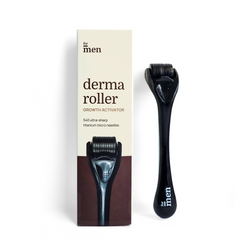
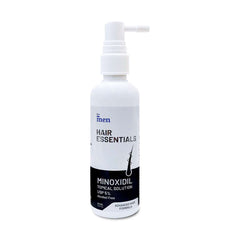
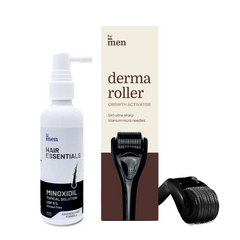
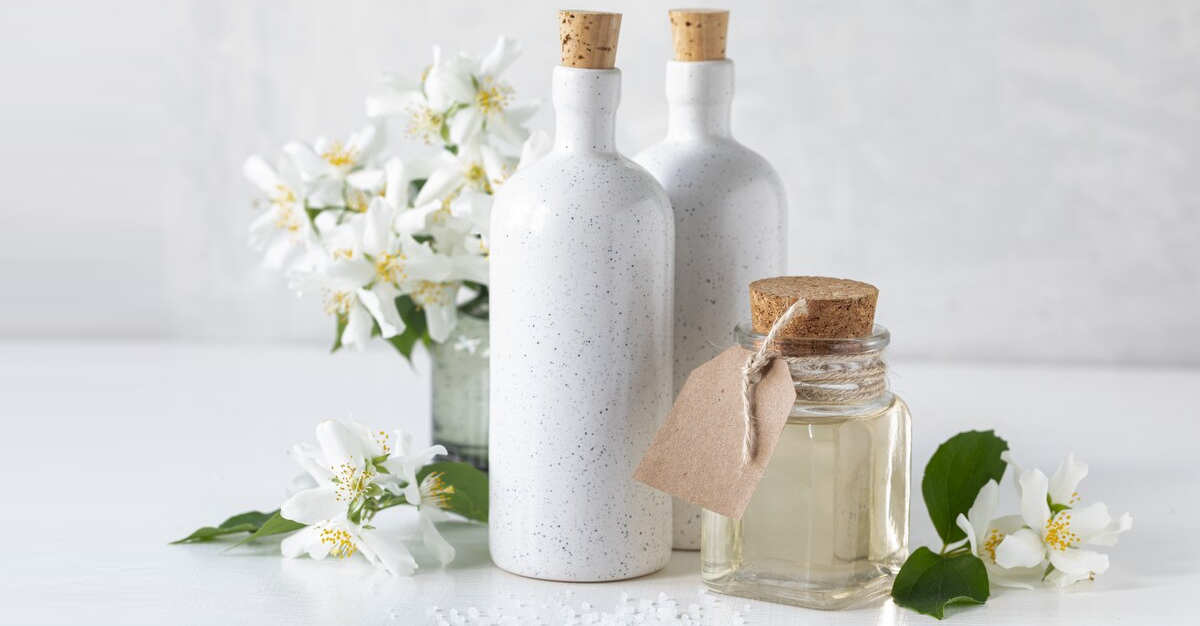
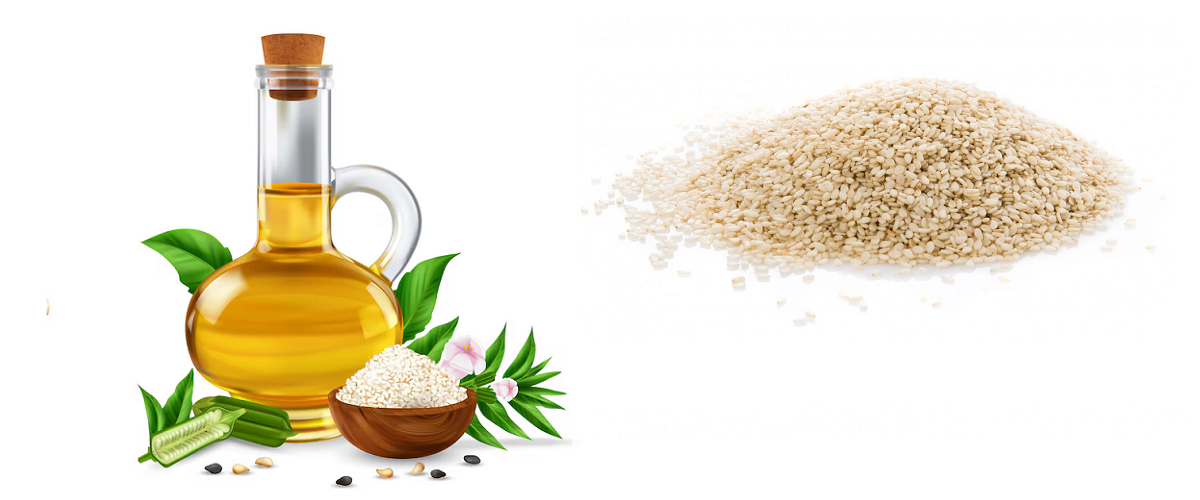
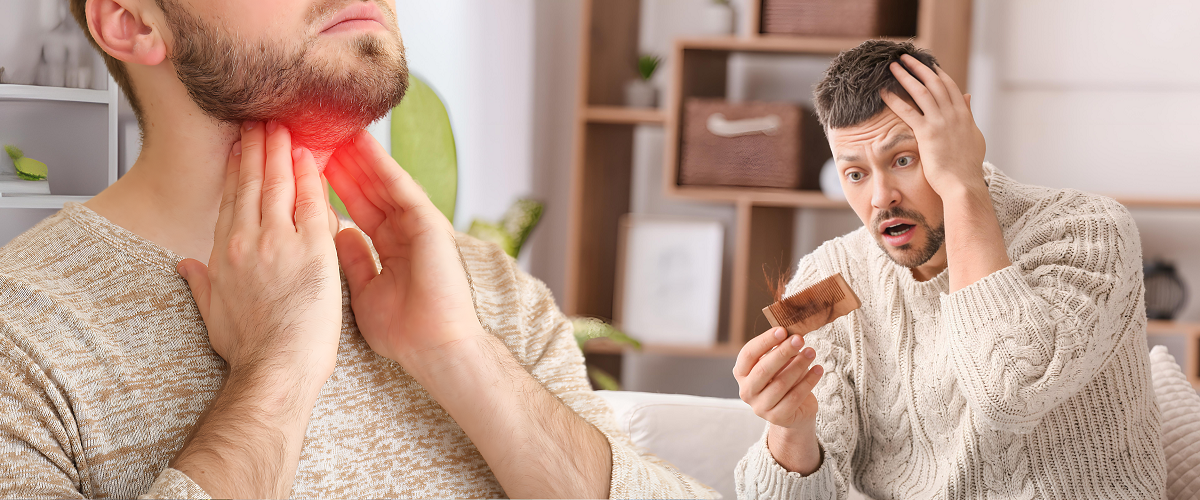
Leave a comment